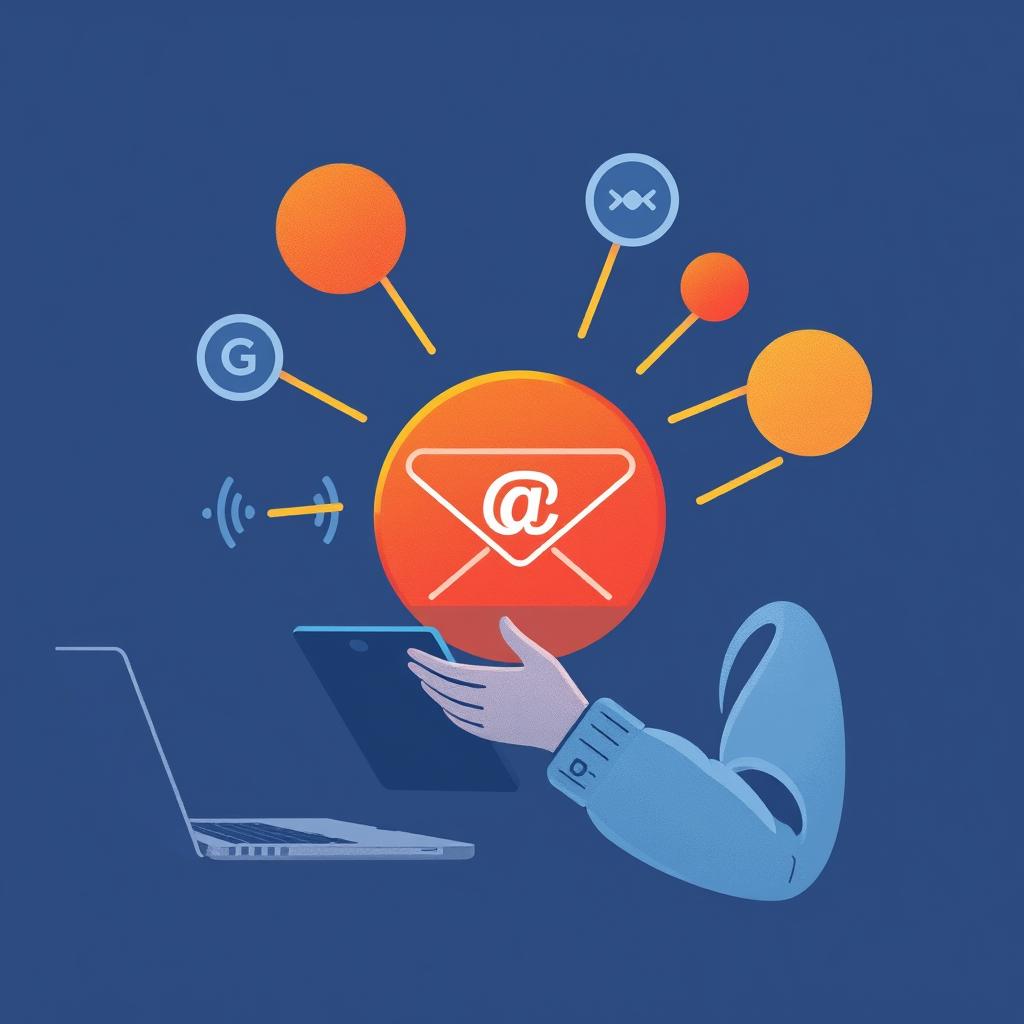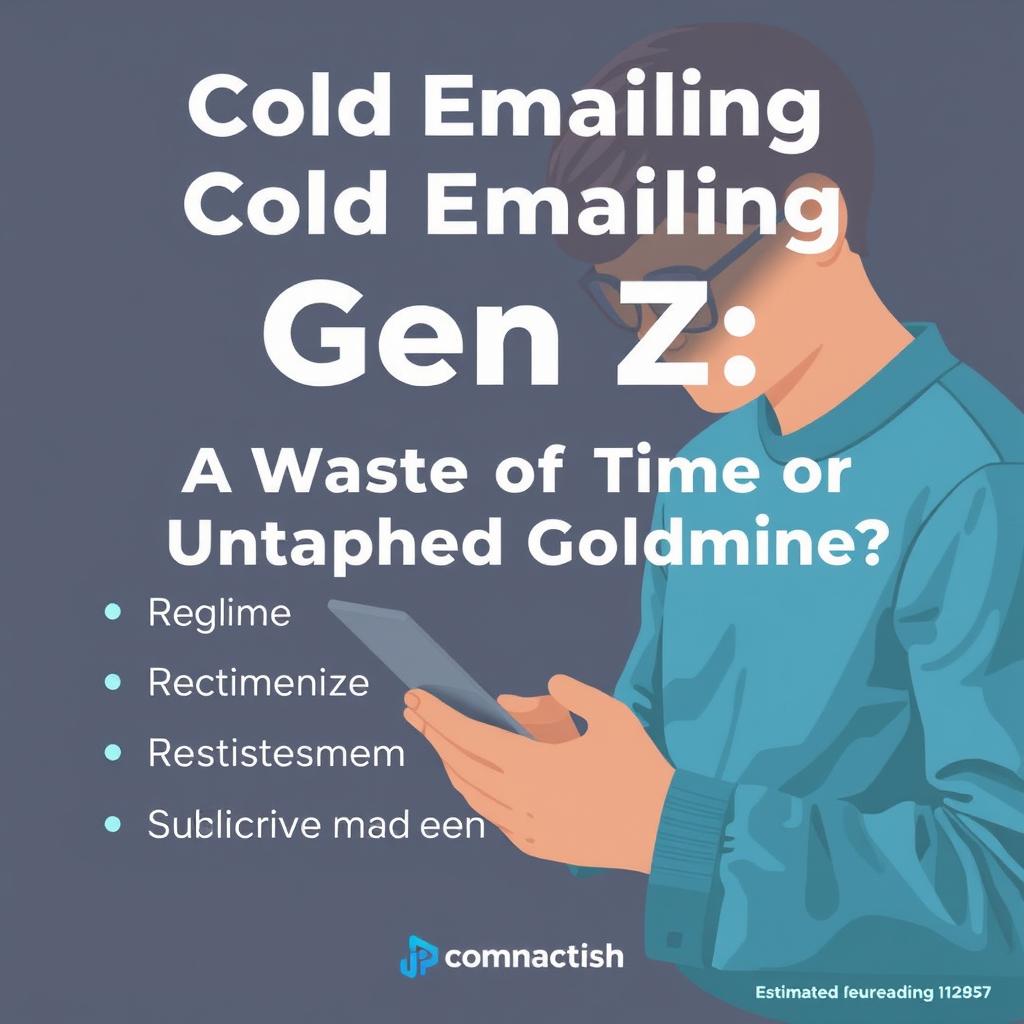Elevating Remote Communication: Best Practices for User-Centered Email Flows
Estimated Reading Time: 7 minutes
- User-centered email flows
- Establish clear communication guidelines to create uniformity and expectations.
- Utilize collaboration tools to streamline communication processes.
- Focus on accessibility and mobile optimization to reach all team members effectively.
- Track metrics for success to measure the effectiveness of email strategies.
Table of Contents
- Introduction
- Examples and Templates
- 1. Establish Clear Communication Guidelines
- 2. Optimize Email Content and Structure
- 3. Leverage Collaboration Tools
- 4. Foster a Cooperative Culture
- 5. Address Remote Work Challenges
- 6. Enhance Onboarding Email Sequences
- 7. Metrics for Success
- 8. Accessibility
- 9. Mobile Optimization
- Conclusion
- FAQ
Introduction
In the rapidly changing landscape of remote work, effective communication has emerged as one of the most significant challenges that teams face. Without the informal check-ins and spontaneous discussions that occur in a traditional office setting, distributed teams must rely heavily on written communication, particularly emails, to stay aligned and productive. The critical importance of establishing user-centered email flows cannot be overstated; these frameworks foster collaboration, boost morale, and ultimately drive project success.
However, many organizations struggle with the sheer volume of emails, potential for miscommunication, and lack of standardization. Inadequate communication can lead to information silos, delays in decision-making, and diminished team morale. So, how do we tackle these challenges effectively? By prioritizing user-centered design in email communication, remote teams can enhance clarity, engagement, and accountability.
Over the next sections, we will delve into actionable strategies that can transform your email practices within remote teams. From establishing clear communication guidelines to optimizing content structure and leveraging collaboration tools, we aim to equip you with the tools needed to create impactful email flows.
And remember, you don’t have to navigate this journey alone. At professionalizeitto.me, we offer a suite of services designed to elevate your written communications to the next level, so the next step in mastering your team’s email practices could begin today.
Examples and Templates
Before crafting the perfect email, it is essential to establish well-defined communication guidelines that your team can adhere to. This creates uniformity and clarity, ensuring everyone understands the expectations. Here’s a table illustrating some fundamental guidelines:
| Guideline | Description | Example |
|---|---|---|
| Channel Selection | Specifies when to use email vs. instant messaging or video calls. | Use email for detailed project updates, instant messaging for quick questions, and video calls for complex discussions. |
| Subject Line Format | Defines a consistent format for subject lines. | Use prefixes like [Action Required], [FYI], or [Urgent]. |
| Inclusion of Team Members | Sets expectations for including relevant team members. | Always include project stakeholders in relevant email threads. |
| Response Time Expectations | Establishes expected response times for different emails. | Aim to respond within 24 hours; urgent requests within 2 hours. |
Using a table like the one above not only keeps communication structured but also simplifies the onboarding process for new team members.
2. Optimize Email Content and Structure
In remote communication, brevity and clarity are paramount. You can optimize email content and structure by following these best practices:
- Templates: Use standardized templates for common scenarios such as project updates or meeting summaries.
- Inverted Pyramid Style: Prioritize critical information at the top, followed by supporting details. This strategy is especially effective for busy readers who may only skim their inbox.
- Visual Elements: Use visuals like screenshots or documents to enhance understanding of complex topics.
- Effective Subject Lines: Always craft subject lines that clearly indicate the purpose. This will help increase open rates and clarity, transforming a vague “Project Update” into a more engaging “Action Required: Project X Update – Deadline Approaching.”
Example Template for Project Update:
Subject: Action Required: Project X Update – Deadline Approaching
Hi Team,
– Progress Summary: (Include current status)
– Upcoming Tasks: (Next steps)
– Risks and Issues: (Highlight concerns)
Best, [Your Name]
3. Leverage Collaboration Tools
Integrating your email with collaboration tools can streamline communication processes, consolidate information, and reduce email volume. Here’s how:
- Slack Notifications: Set specific triggers, like new support tickets or project deadlines, prompting immediate notifications in Slack.
- Trello Integration: Use Trello’s email-to-board feature to quickly turn email discussions into actionable tasks.
- Shared Inboxes with Hiver: Consider using shared inboxes, allowing team members to manage and track emails collaboratively, ensuring nothing gets overlooked.
To dig deeper into these tools and get started, visit professionalizeitto.me for personalized insights and resources.
4. Foster a Cooperative Culture
A cooperative culture fosters teamwork and engagement, countering isolation often felt by remote workers. Here are some ideas:
- Virtual Social Events: Organize regular online hangouts or fun activities to help team members bond beyond work.
- Peer-to-Peer Recognition: Promote recognizing others’ contributions via email, which encourages appreciation within the team.
- Mentorship Program: Initiate a system where experienced colleagues can mentor juniors through regular email check-ins and support.
5. Address Remote Work Challenges
Many challenges are characteristic of remote work environments. Here’s how to address them:
- Screen Recording Tools: Use tools like Loom or Vidyard to create video aids explaining complex topics in detail.
- “No-Meeting Fridays” Policy: Encourage focused work without interruptions to help manage email overload.
- Shared Glossary of Terms: Establish a shared glossary to limit misunderstandings—especially crucial for teams working with industry-specific jargon.
6. Enhance Onboarding Email Sequences
To set new hires up for success, here are structured email sequences to implement:
Welcome Email Template:
Subject: Welcome to [Company Name]!
Hi [New Hire’s Name],
Welcome aboard! We’re excited to have you join us. Here’s a quick overview of our company culture and essential resources.
Best, [Team Lead’s Name]
- Introduction to Key Team Members: Send individualized emails to introduce the new hire to key teammates.
- Tutorial Access: Include links to video tutorials or resources to familiarize newcomers with essential tools.
7. Metrics for Success
To gauge the effectiveness of your email strategies, track these metrics:
- Reduced Email Volume: Analyze weekly email traffic to gauge changes after implementing strategies.
- Faster Response Times: Measure average response times across email interactions.
- Improved Project Completion Rates: Monitor project outcomes related to your new email practices.
- Employee Satisfaction Scores: Conduct periodic surveys to measure satisfaction and gather feedback.
8. Accessibility
Emphasize inclusivity by ensuring your emails are accessible:
- Use alt text for images to aid visually impaired recipients.
- Provide transcripts for audio or video content to support hearing-impaired individuals.
- Maintain simple language and clear formatting for readability.
9. Mobile Optimization
Given the rise in mobile use, ensure all emails are mobile-friendly:
- Utilize responsive templates, minimize image sizes, and use clear font sizes.
By incorporating these strategies, remote teams can create effective, user-centered email flows that enhance communication, foster collaboration, and ultimately propel productivity.
Conclusion
Mastering your team’s email practices is crucial in the age of remote work. These actionable strategies empower not just individuals but entire teams to work more effectively, reducing the clutter and confusion that often accompany written communications.
Ready to elevate your email communication? Explore professionalizeitto.me today for tailored resources and support designed to help you master professional writing. Whether you’re seeking templates, expert consultations, or personalized AI support, we’re here to empower you in your communication journey.
FAQ
Q1: How can I make my emails more engaging?
A1: Use clear subject lines, prioritize critical information, and incorporate visuals.
Q2: What are some good collaboration tools for remote teams?
A2: Tools like Slack, Trello, and Asana can help streamline communication and enhance collaboration.
Q3: How can I ensure my emails are accessible?
A3: Use alt text for images and maintain simple language. Consider providing transcripts for audio and video content.
Q4: What metrics should I track for email effectiveness?
A4: Analyze response times, email volume, project completion rates, and employee satisfaction scores.


